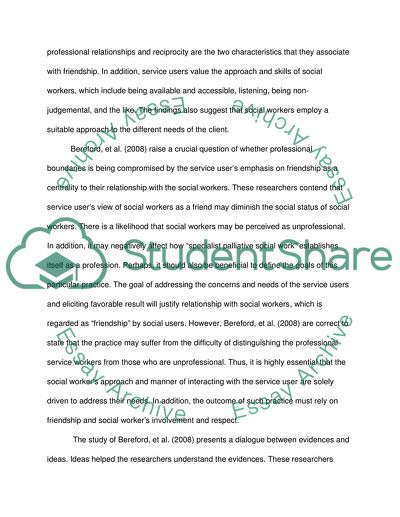Cite this document
(“Importance of the Social Workers Relationship and Humanity Literature review”, n.d.)
Importance of the Social Workers Relationship and Humanity Literature review. Retrieved from https://studentshare.org/social-science/1764921-theory-and-knowledge-for-practice
Importance of the Social Workers Relationship and Humanity Literature review. Retrieved from https://studentshare.org/social-science/1764921-theory-and-knowledge-for-practice
(Importance of the Social Workers Relationship and Humanity Literature Review)
Importance of the Social Workers Relationship and Humanity Literature Review. https://studentshare.org/social-science/1764921-theory-and-knowledge-for-practice.
Importance of the Social Workers Relationship and Humanity Literature Review. https://studentshare.org/social-science/1764921-theory-and-knowledge-for-practice.
“Importance of the Social Workers Relationship and Humanity Literature Review”, n.d. https://studentshare.org/social-science/1764921-theory-and-knowledge-for-practice.


